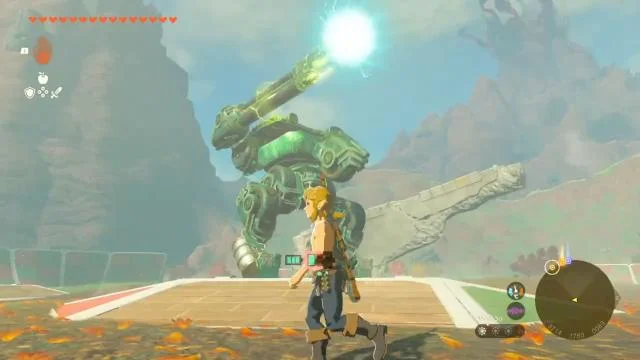The Legend of Zelda: Tears of the Kingdom has made quite the impact in a very short time. This game is the ultimate manifestation of Nintendo’s gaming philosophy: It’s all about having fun. And it’s safe to say Nintendo has created its best playground so far thanks to the game’s crafting system in the context of open-world game design.
Tears of the Kingdom: A Starting Place for Future Inventors and Engineers
When the Legend of Zelda: Tears of the Kingdom was released, Twitter and Youtube were filled with videos of its bonkers crafting system; the things people built included:
- A large mecha that shoot explosives
- A flying bike
- A wagon with a Korok crucified on its back
- A skate
And these are the most basic things you can make in the game because you can name them! There are a lot of other far crazier structures that words fail to describe them. You just have to see them. If, for whatever reason, you can’t play the game right now, you might be asking this question: how the hell Nintendo made such a versatile crafting system without having the game implode from within? This is more impressive because Zelda is not really a “crafting” franchise; it’s all about action adventure, so this system should be versatile and easy to use, not to break the game’s flow. So let’s see how The Legend of Zelda: Tears of the Kingdom’s impressive and, dare we say, revolutionary crafting system works, not just for the sake of satisfying our own curiosity, but to honor all those who playtested this game, because that must have been hell.
The Ultrahand and Fusion
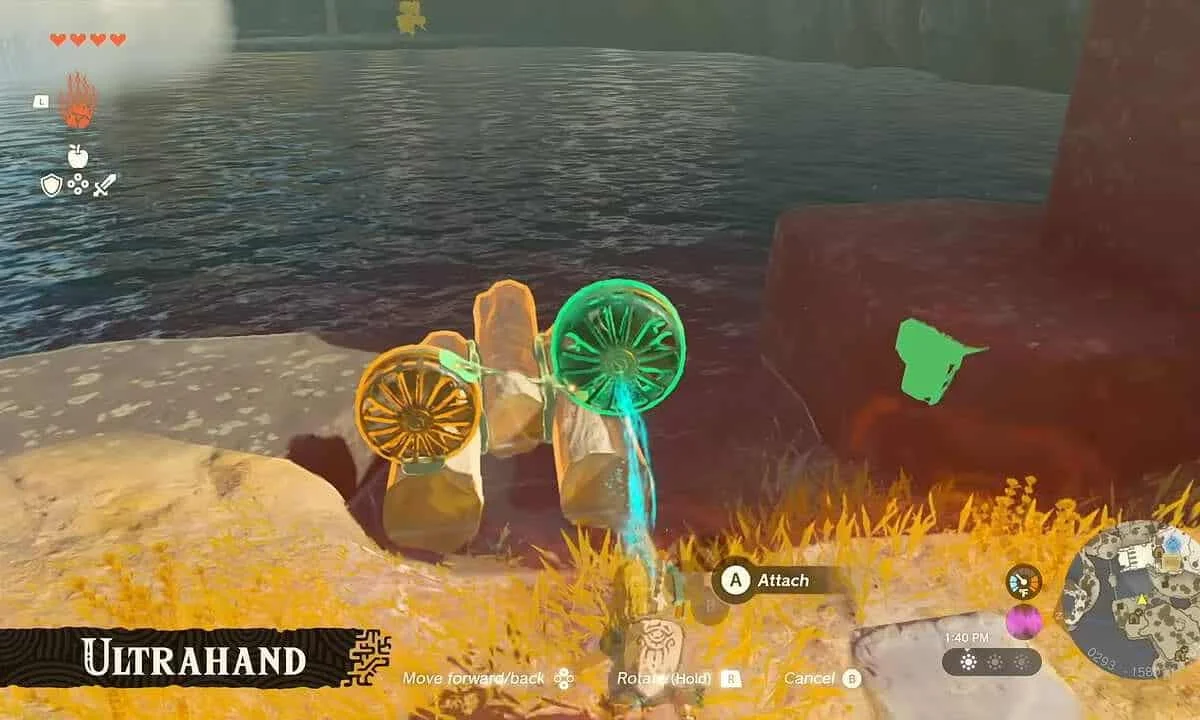

The Ultrahand is a tool that allows you to move objects in the game world. The ultrahand is very smooth and using it feels good. For example, you can grab 3 wooden planks by your ultrahand, attach them together and create a simple raft.
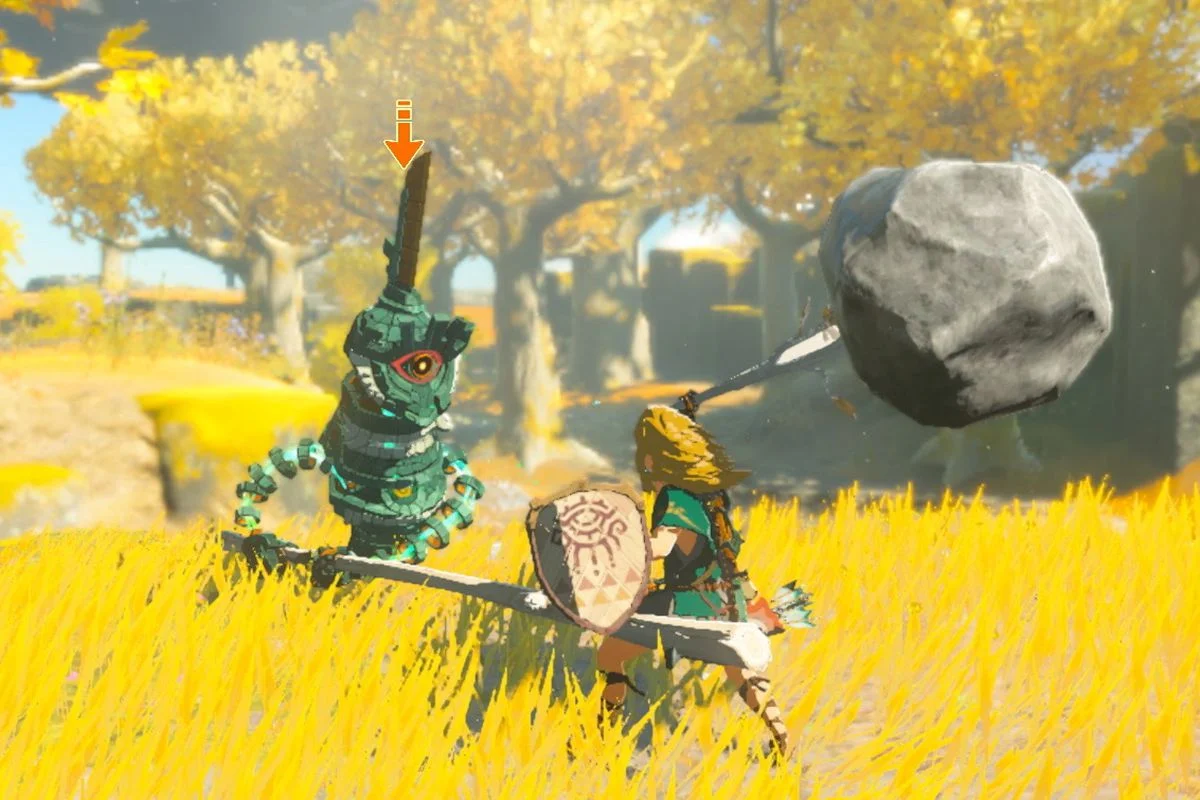

There is another function in the game called “Fusion” which relates to combining the items inside your inventory, not in the outside world (although you can pick up items from the outside world and add them to your inventory, even big items like wagons). People criticized “Breath of the Wild” because that game had many useless items. Still, thanks to Fusion and the infinite possible combinations it provides in this game, the issue of “useless items” is pretty much addressed.
Finding Resources
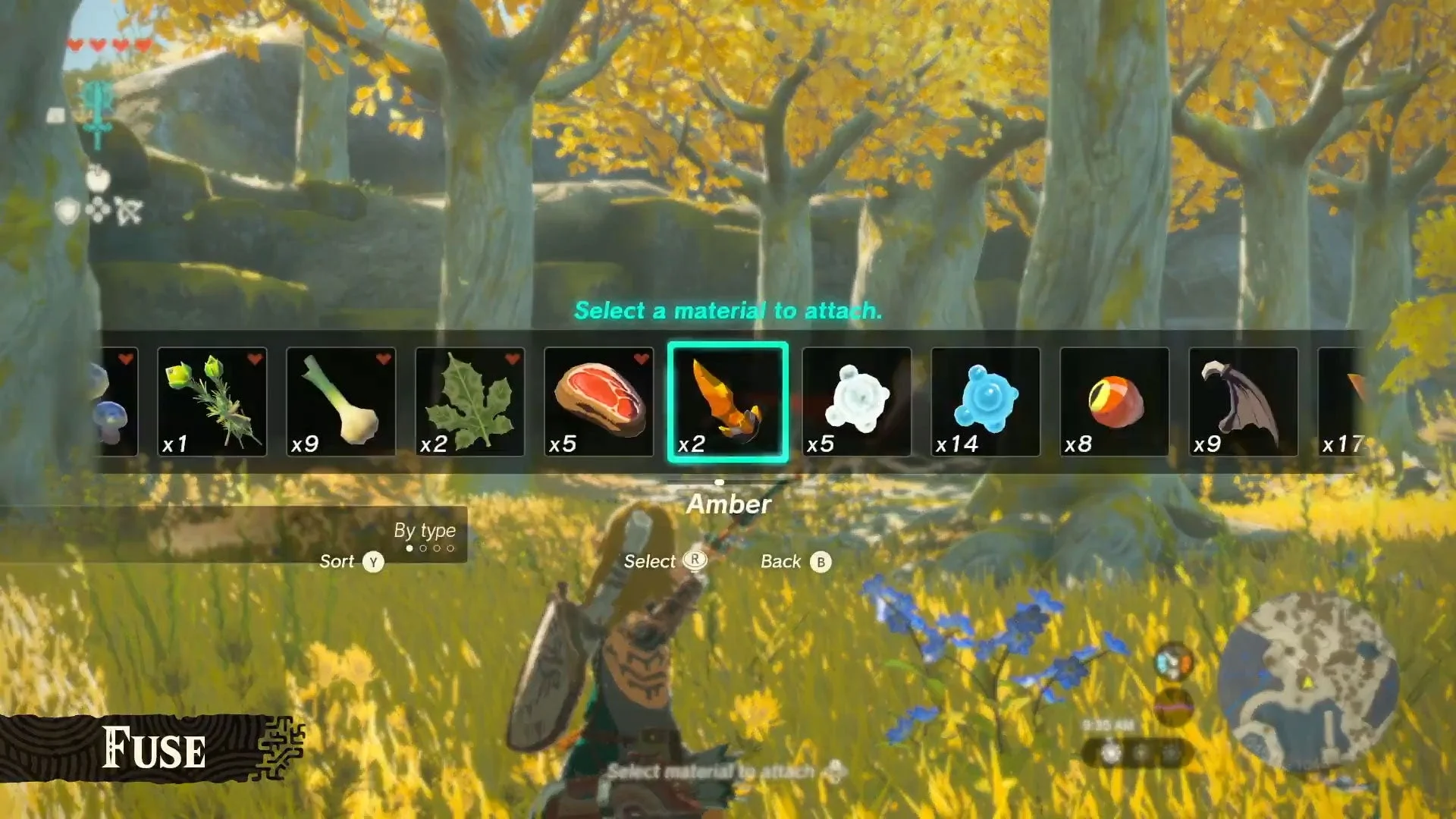

Perhaps Tears of the Kingdom provides the strongest incentive for the player, among other open-world games, to go out and find resources. This has always been an issue in games with crafting systems because you usually find serviceable equipment in your loot anyway, or crafting is too simple to reward. Adding explosive powder to your bullet to create a fired bullet is not the creative exercise game developers think it is.
One could say that this versatile crafting system is a continuation of the Open-world philosophy that Nintendo started with Breath of the Wild. In a video titled “How Nintendo Solved Zelda’s Open-world Problem”, Mark Brown explains that Nintendo faced a dilemma when designing its first open-world title: they wanted the player to feel free to explore the world, but also at some point, visit the story-related locations without feeling like they are being guided towards them.
After much experimentation, they realized the best way to achieve this was to fill the world with different points of interest (like enemy encampments, Shrines, and Stables) and make it necessary for the player to visit these places by implementing certain design choices. For example, your weapons break after using them for a while. So now and then, you must clear some enemy encampments and gather new weapons.
Now thanks to this new crafting system, the incentive to go out in the world and gather resources for making your crazy structures is higher than ever. Now you have the incentive to collect what you need and whatever you can find because you never know how that item can be useful in future experiments.
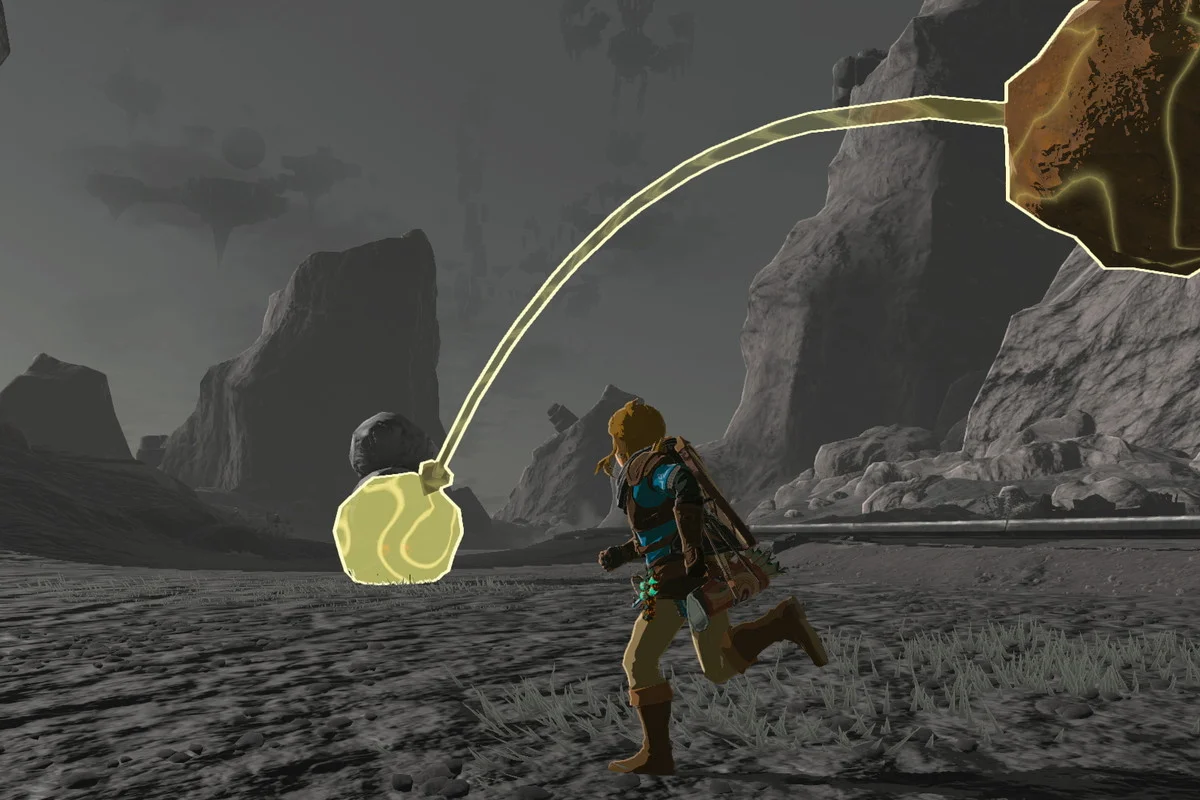

Another way the game encourages these experimentations is the ability of “The Rewind”. To put it (taken from Polygon): “You can target an object and rewind the path of that object. To put it another way, if you throw a rock and hit Recall on it at the spot where it lands, it’ll return to the spot it was thrown from.” Thanks to this ability, you can start riding a vehicle down a hill and see if it works the way you have designed it. If it doesn’t, you can rewind it and experiment on it more rather than mourning its corpse at the bottom of the hill.
To be frank, crafting has felt like a chore in so many games because of how gritty and formulaic it is. Crafted items result from a mathematical equation (10 iron + 2 rare minerals + a sword hilt = one cool sword), but Tears of the Kingdom has solved this problem by making the result of crafting look so dynamic and creative. Thanks to this game, I imagine using versatile crafting to incentivize players to explore the world will become a more common trope among open-world games. However, it will be hard to borrow this mechanic and not look like a Zelda clone immediately.
What are the Restrictions of this Crafting System?
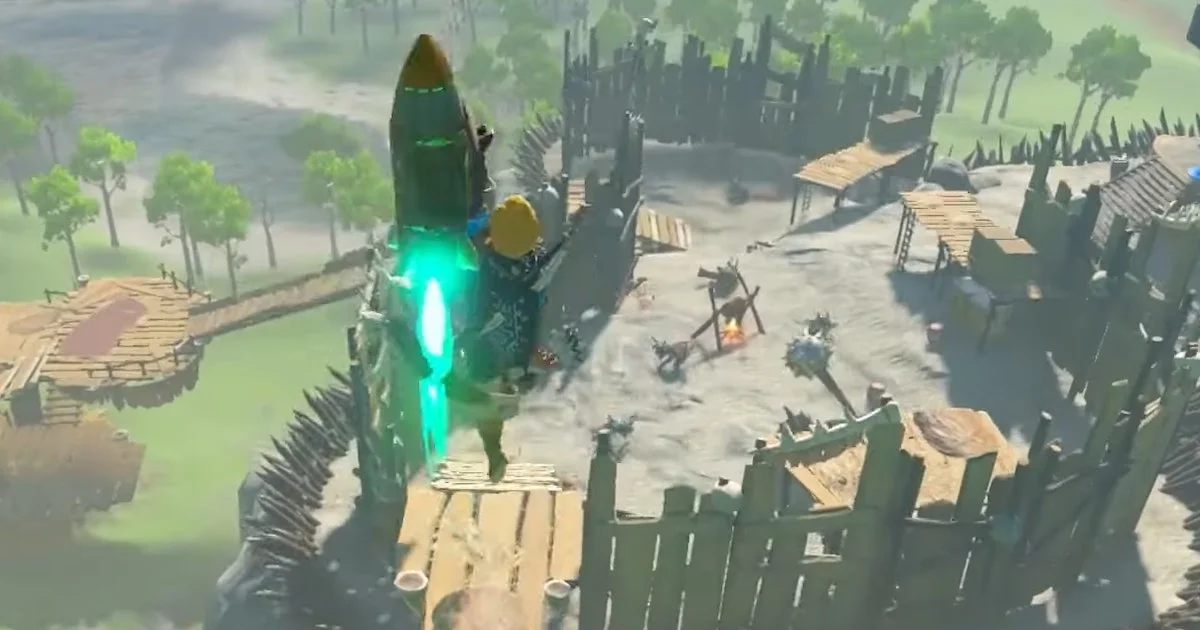

One might ask: if Tears of the Kingdom is a game in which you can make a rocket-shooting mecha to fight a boss with, where’s the challenge? If you can create a flying motorcycle, what’s the point of traversing in an open world? Using these creative structures, you can skip many of the game’s content and challenges.
And the answer is: yup, that’s the point!
In a video titled “Tears of The Kingdom Wants You To Cheat”, Daryl Talks Games explains that Tears of the Kingdom is a radical change from the other titles in the series because there was an “intended” way to solve puzzles in previous titles. Still, in Tears of the Kingdoms, there are only “preconceived” ways.
For example, in one of the shrines, you can add a rocket to your shield, shoot your way up and then glide over to the end of the puzzle. Can you really say you have solved this shrine if you can skip all of it by a simple rocket trick? Well, the answer is up to you. But the fact of the matter is that the game allows it. And it’s not like the game is not aware of this trick, because in another one of the puzzles, it actively encourages it and in some other puzzles, makes it impossible to use by closing off walls.
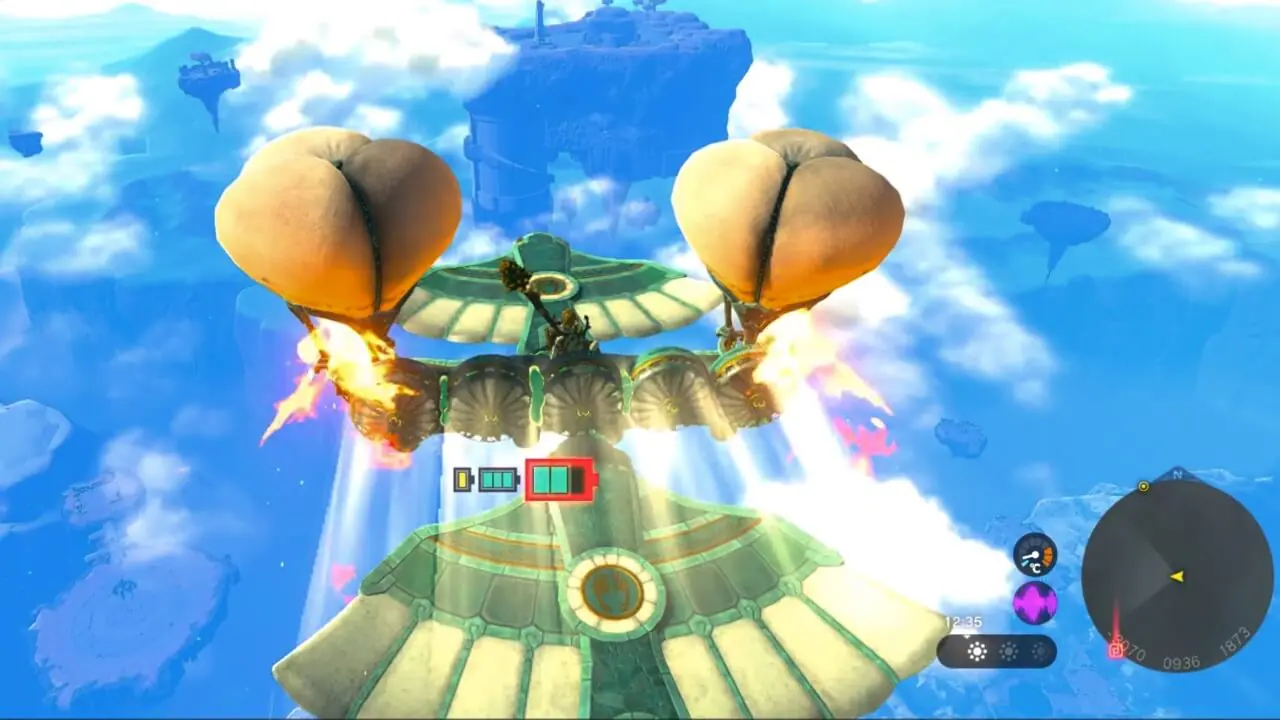

Eiji Aonuma, the current director of the Zelda series, actually talked about this in an interview with Game Informer:
Game Informer: And regardless of how intelligently the game is designed and how creative its mechanics are implemented, these powers are so open-ended that people are inevitably going to solve puzzles and problems in ways you didn’t even imagine. I know I completed several puzzles and scenarios in the game where I thought, “Was that the right way to do it, or did cheat that?” What goes through your mind when you see somebody successfully complete a problem in a way you never even thought of?
Eiji Aonuma: When you think about people… cheating is fun! [laughs] They like it! Finding that shortcut is enjoyable. People will look for an easy way to do something if they can avoid struggling. We want to make sure that is something that stayed in this game. When thinking of games in the past that we’ve worked on, where there was a puzzle to solve and only one answer, that’s kind of the past way of developing games. Now, I’m happy that we’ve arrived at this method where we’re giving people lots of options, and there are many answers to a single problem, and all of them can potentially be correct. I feel happy that we’ve arrived at this type of development style.
And that’s that. You’ve heard it from the man himself: if you manage to create a weapon of mass destruction and carpet bomb goblins, or create balloons that allow you to avoid a platforming segment of the game altogether, you’re not cheating; that’s just the way the game is meant to be played. We have evolved from “it’s not a bug, it’s a feature” in the last decade to “it’s not a cheat code, it’s a feature” in the current one.
Minecraft Walked, so Tears of the Kingdom Could Run
Ever since Minecraft boomed in popularity, we have seen crafting becoming a bigger part of games, even in games that really didn’t need it. After a lot of successful and not so successful experimentations with this game-play element, we can say that with Tears of the Kingdom, crafting has finally evolved into the next stage; in no other story-based game can you find such a deep versatile system of crafting that is also so easy and smooth to use. The only question on the back of people’s mind is: does Nintendo have something this big up its sleeve for the next Zelda game? Because if they do… Well, I guess they’ll get away with being the equivalent of CCP in the gaming world a while longer.
How do You Make Money Fast in Tears of the Kingdom?
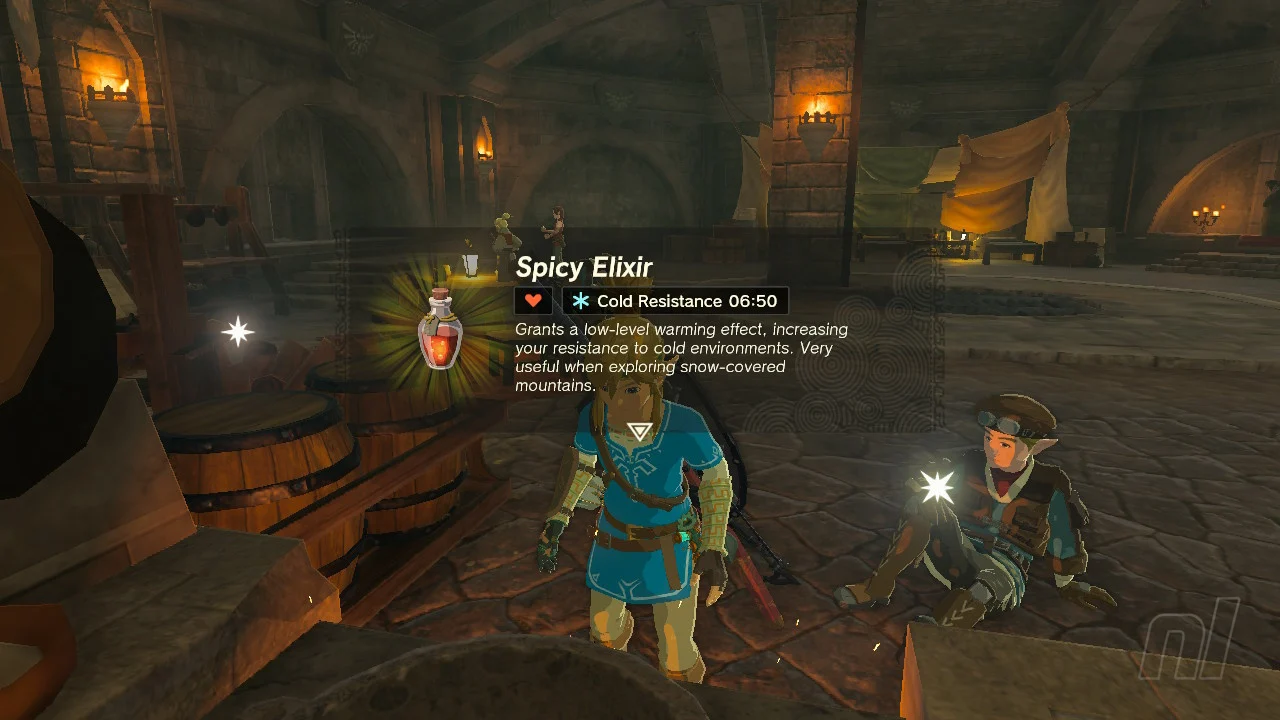

So now that the main point is made, let’s have a bonus section and teach TotK players how they can make money fast, so they can make those crazy vehicles faster. Here are some of the most efficient ways to make money in the game:
- Cook and Sell Delicious Meals: Turn your culinary skills into profit by crafting delectable meals that can be sold for cold, hard Rupees. Higher-quality dishes yield greater profits, so prioritize ingredients like prime meat to maximize your earnings.
- Build a Fast Mode of Transport: Construct a makeshift vehicle to traverse Hyrule quickly and gather resources efficiently. This strategy not only facilitates meat collection but also speeds up the acquisition of other valuable items like monster parts and precious stones.
- Sell Elixirs: Just like cooked meals, well-crafted elixirs can fetch a good price in the market. The higher the quality, the more money you can make. Experiment with different ingredients and monster parts to create lucrative elixirs.
- Farm Precious Stones: Explore caves to discover mineral veins that contain precious stones such as rubies, sapphires, diamonds, and topaz. These gems can be sold for substantial sums, especially in places like Goron City.
- Shoot the Blupees: Hunting down Blupees outside of caves rewards you with Rupees. Inflict more damage to these creatures to increase your earnings. Shooting Blupees not only grants Rupees but also helps you locate caves rich in precious stones.
- Battle Yiga Clan Members: While not the most profitable method, defeating Yiga Clan members can yield some Rupees. Search for Yiga Clan bases in the Depths to engage in battles and earn some coins.
- Take on Side Quests and Adventures: Many side quests and adventures offer Rupees as rewards. Complete quests like ‘Potential Princess Sightings’ to secure valuable stones and cash.
- Explore the Depths: Dive into the Depths to find mineral deposits, enemies with valuable drops, and Yiga Clan members. Equip yourself with powerful weapons and healing tools to collect sellable items.
- Help Addison with His President Hudson Signs: Assist Addison by solving sign-based puzzles to earn Rupees and other rewards. It’s a win-win situation of helping others while adding to your coffers.
- Defeat Stone Talus and Battle Talus: Engage in battles with Stone Talus and Battle Talus enemies, focusing on the ore deposit on their backs. This yields precious stones and Rupees when collected or defeated.
What do Game Developers Think of Tears of the Kingdom?
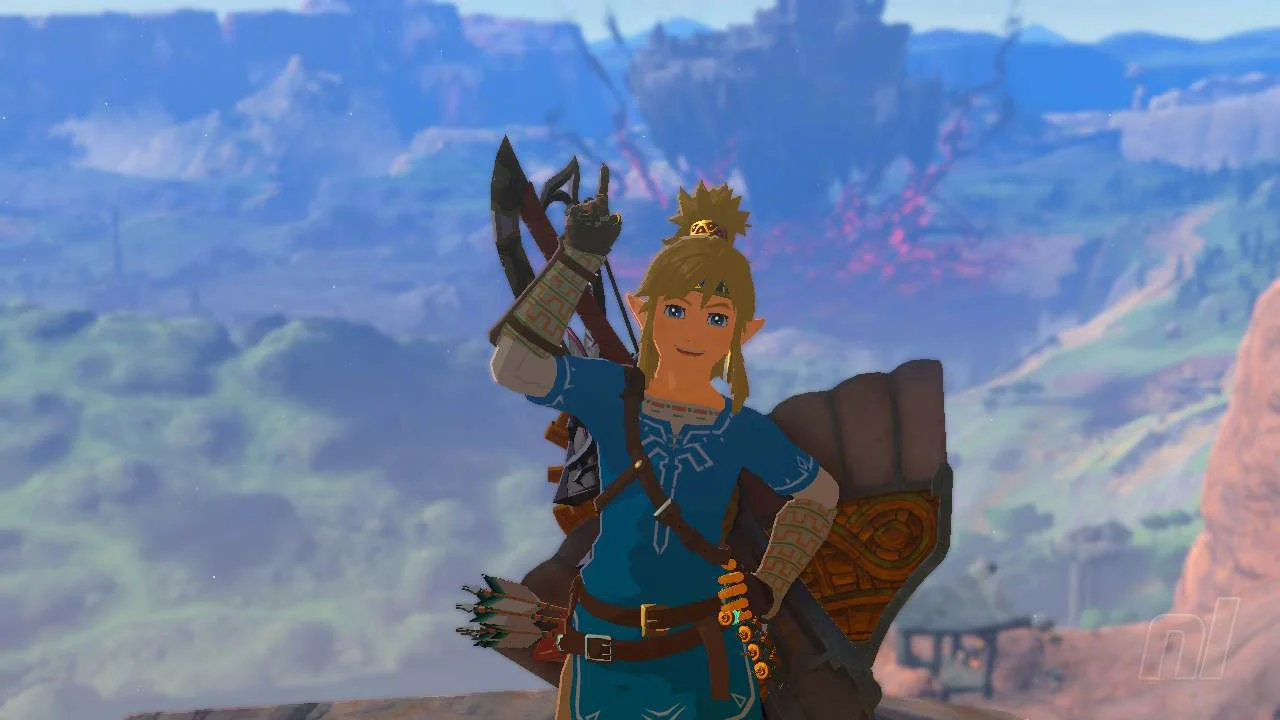

Game developers had a lot to say about Tears of the Kingdom. Gamesradar.com has compiled 26 quotes from different game developers talking about this influential game. Here, we’re going to provide a summary of the points they made:
- Continuing the Legacy: Developers acknowledge that ‘Tears of the Kingdom’ successfully builds upon the foundation laid by its predecessor, ‘Breath of the Wild.’ The game’s ability to revisit familiar locations while introducing new surprises adds depth and emotional engagement.
- Player Creativity: The crafting system within the game has garnered praise for allowing players to be creative and express themselves, resulting in impressive and unique creations. This ‘indie’ feel within a AAA title showcases Nintendo’s willingness to empower players.
- Embracing Friction: ‘Tears of the Kingdom’ is commended for its willingness to challenge players with friction, encouraging them to experiment and find innovative solutions to obstacles. This unconventional approach keeps players engaged and curious.
- Evolving Expectations: The game’s boldness in pushing boundaries and introducing new mechanics leaves developers intrigued about the future of the Zelda series. Nintendo’s ability to surprise and delight players while remaining authentic is highlighted.
- Player-Centric Exploration: The game’s open-world design and organic exploration are celebrated for allowing players to approach content at their own pace. TOTK avoids inundating the map with icons, creating an immersive and satisfying experience.
- Challenging Narratives: Developers discuss the narrative structure of TOTK, noting that the game’s reward system seemingly unrelated to task difficulty adds a layer of intrigue. This approach focuses players on the enjoyment of the journey rather than just the payoff.
- Technical Achievements: The game’s physics system and attention to detail in terms of consistent and predictable results from player actions are lauded. The integration of physics and gameplay mechanics is commended, especially given the limitations of the Switch console.
- A Playground of Ideas: The seamless fusion of gameplay mechanics, physics-based construction, and open-world exploration is regarded as a major accomplishment. The game’s willingness to let players explore and experiment is praised.
- Impact on Game Design: Developers anticipate that ‘Tears of the Kingdom’ will influence the future of game design, just as ‘Breath of the Wild’ revolutionized open-world game design. The game’s creativity, confidence in mechanics, and player-centric approach are seen as inspiring.
- Striking Balance: ‘Tears of the Kingdom’ is recognized for striking a balance between accessibility and creative expression. Developers appreciate the game’s approachability while allowing players to creatively engage with its systems.
- Bold Experiments: The game’s willingness to experiment with gameplay mechanics, such as the Ascend ability and Flux Construct fights, is admired. These innovations enhance player experience and engagement.
- Future Inspiration: ‘Tears of the Kingdom’ is expected to influence game development in the years to come, as developers look forward to incorporating the lessons and innovations from the game into their own creations.”
Will Tears of the Kingdom be Bigger than Breath of the Wild?
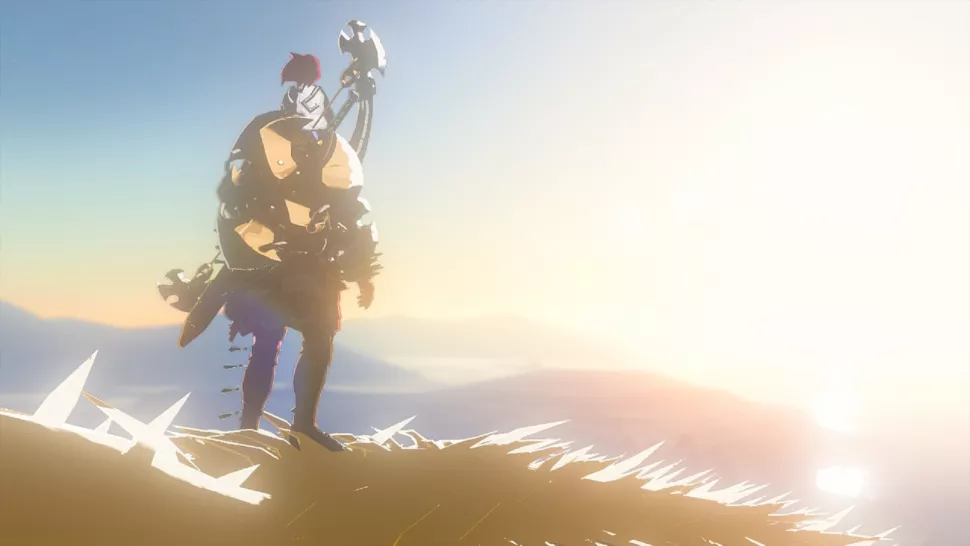

Breath of the Wild has sold 30.65 million units, so it’s a very tough act to follow. Tears of the Kingdom has sold 18.51m units at the moment of writing. So it’s still got a long way to go to reach its predecessor. But according to some predictions, if the rate the game sells stays the way it is, it will undoubtedly surpass BotW. However, it is very unlikely that TotK will ever become the cultural phenomenon that BotW was. Because BotW had a novelty factor that TotK lacks. Yes, TotK has the crazy crafting system going for it and it’s so groundbreaking that it can almost overshadow the fact that TotK is basically more of the same, but not quite. For a Zelda game to surpass BotW in terms of making an impact, it needs to be a completely new thing, not just the betterment of something that already existed. Also, Tears of the Kingdom doesn’t seem to surpass its competitors the way BotW did. It already has a huge competitor – Baldur’s Gate 3 – which enjoys the same Meta score as TotK: 97. We have to wait and see how many Game of the Year awards these two games are going to snatch from each other.

